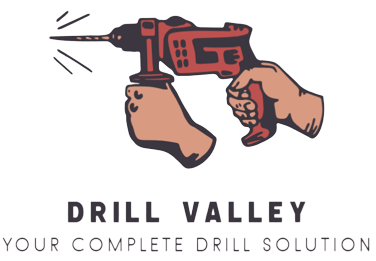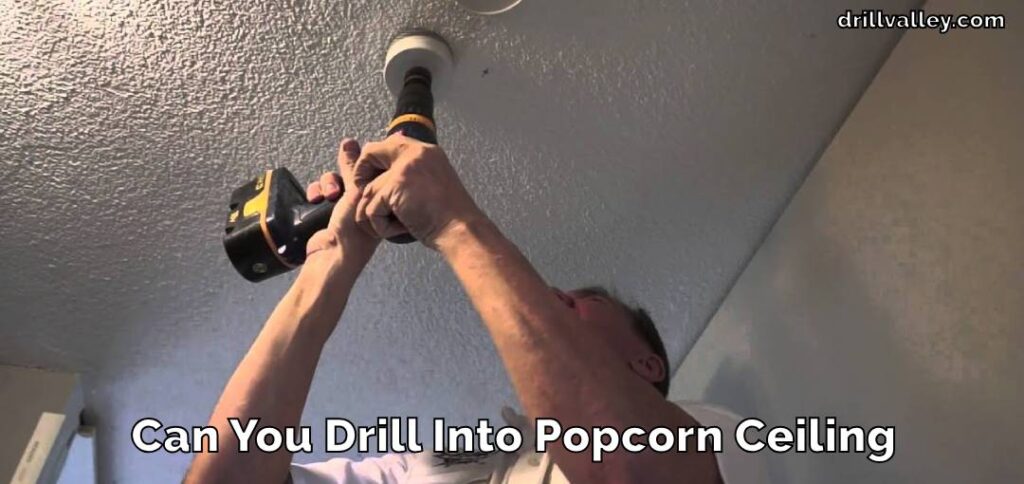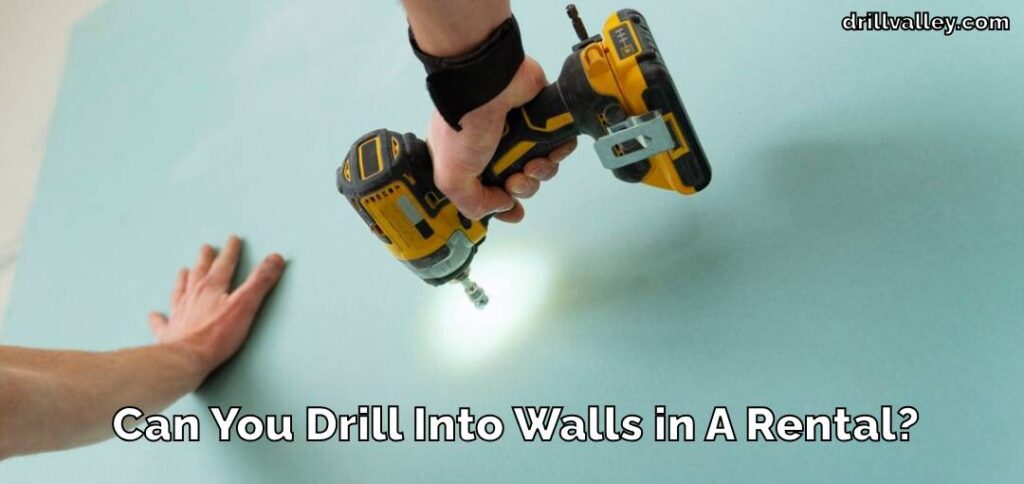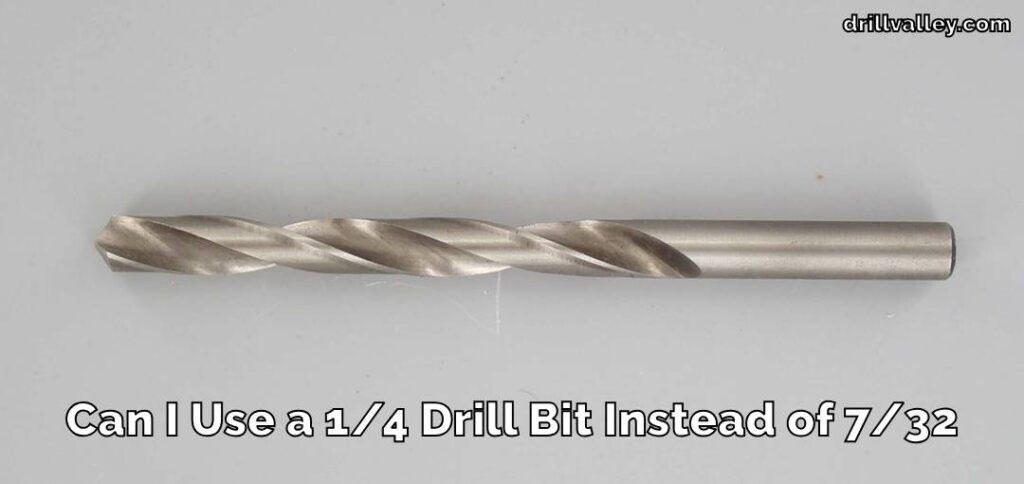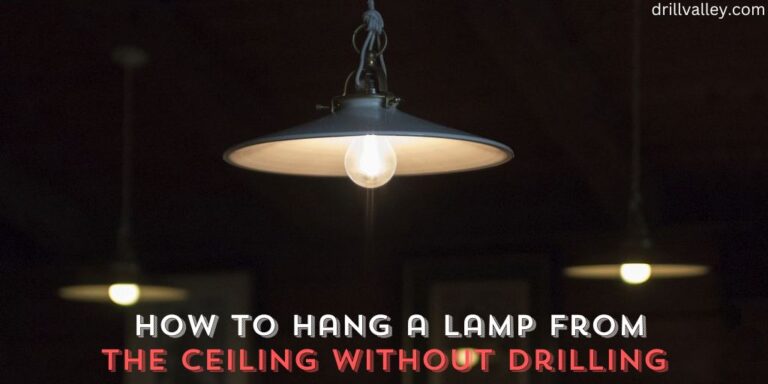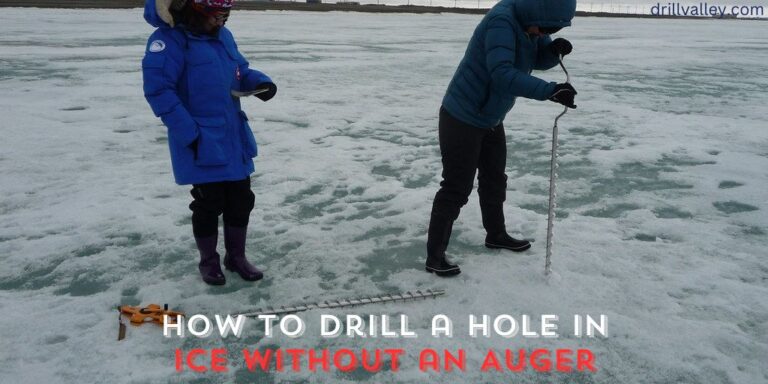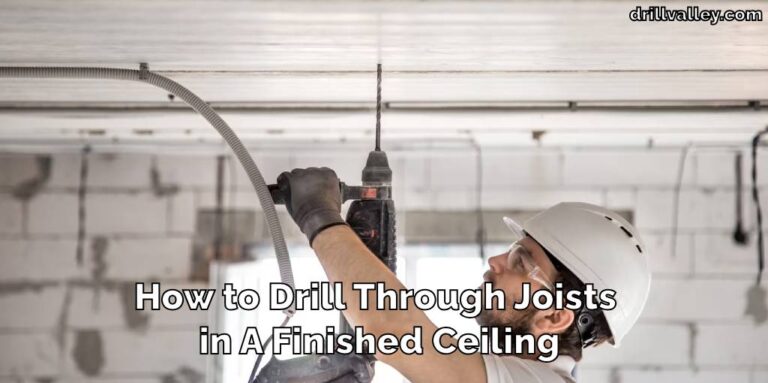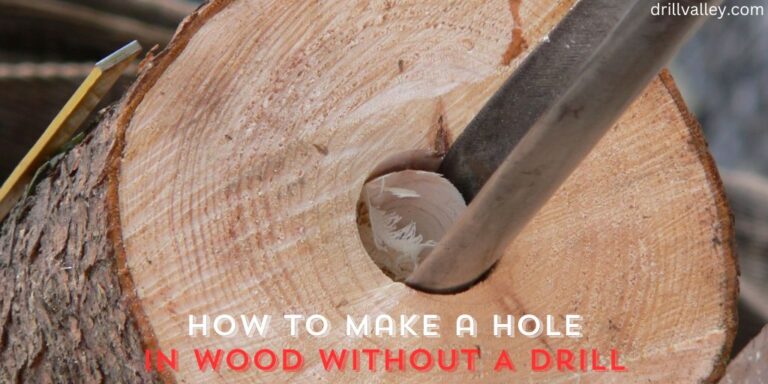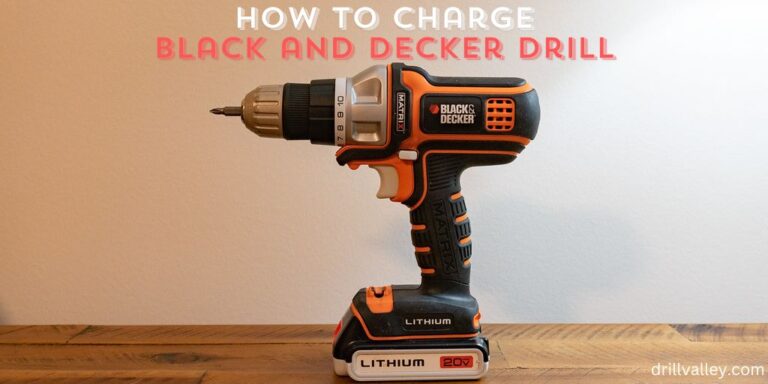How Are Drill Presses Measured
Drill presses are invaluable tools in workshops dedicated to both woodworking and metalworking. These powerful machines are built to drill holes with a level of precision and strength that handheld drills simply cannot achieve.

A drill press can either stand on the floor or be mounted on a bench. It operates with a potent motor that spins the drill bit, allowing for the creation of more accurate and consistent holes compared to manual drilling.
This guide will help you understand how are drill presses measured, a crucial step in selecting the right one for your projects.
Tools Needed for Measuring Drill Presses
When you’re working with a drill press, having the right measuring tools is key to ensuring accuracy and safety. Here are some essential tools you’ll need:
- Tape Measure or Ruler: This is the most basic measuring tool. You’ll use it to measure the size of the material you’re working with, ensuring it fits within the drill press’s capacity.
- Calipers: These tools are great for measuring smaller, more precise dimensions. They can be used to measure the thickness of your material or the diameter of holes.
- Depth Gauge: A depth gauge helps you determine how deep the drill press can drill into your material. This is important for tasks where the depth of the hole is critical.
- Speed Square or Angle Finder: These tools are useful for ensuring your material is properly aligned on the drill press. They help you check angles and ensure your drilling is straight.
- Level: A level ensures that your drill press is perfectly horizontal. This is important for accuracy, especially when working on larger or more complex projects.
By using these tools, you can measure and prepare your materials and drill press accurately, leading to better results and safer work practices.
How Are Drill Presses Measured
When it comes to choosing a drill press, knowing how they are measured is key to finding the right one for your needs. Let’s break down how drill presses are measured in a simple, step-by-step manner:
Swing
- The “swing” of a drill press is the primary measurement that determines its size. This term might sound a bit technical, but it’s quite straightforward.
- To find the swing, measure the distance from the drill press’s central column (also known as the spindle) to the drill bit. Then, double this number. This gives you the maximum width of material that can fit into the drill press for drilling at its center.
- For example, if the distance from the spindle to the drill bit is 8 inches, the drill press has a 16-inch swing. This means it can handle materials up to 16 inches wide.
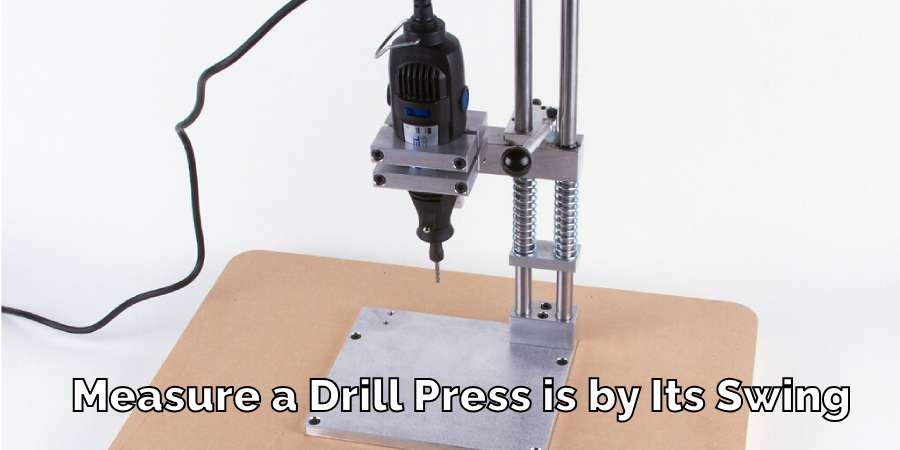
Spindle Travel
- Spindle travel refers to how deep the drill bit can go into the material you’re working with. This is important for projects that require holes of specific depths.
- It’s measured by the maximum distance the spindle can move up and down. More spindle travel allows for deeper holes.
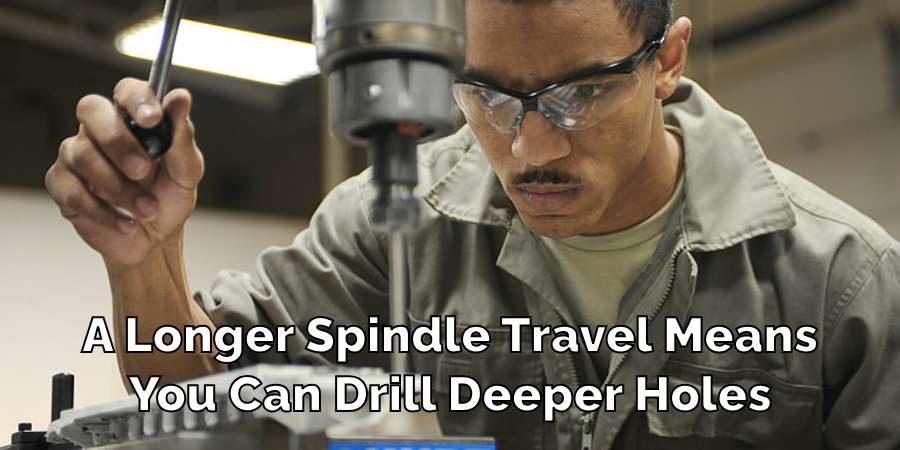
Considering Speed Settings
- Drill presses come with various speed settings, which determine how fast the drill bit can spin. Different materials require different speeds for effective drilling without damaging the drill bit or the material.
- Speed is measured in revolutions per minute (RPM). A drill press with a wide range of speed settings offers more versatility for different projects.
Throat Distance
This is the distance from the spindle to the main column of the drill press. It gives you an idea of how far from the edge of your material you can drill a hole.
Motor Power
Measured in horsepower (HP), this indicates the power of the drill press. Higher horsepower means the drill press can handle tougher materials and larger drill bits.

Type of Base
- The base type doesn’t involve a numerical measurement but is crucial in determining the drill press’s overall size and stability. There are two main types: benchtop models, which are designed to sit on a workbench, and floor models, which stand on the ground and are typically more powerful and suitable for larger projects.
Table Size
The size of the table (where you place your material) is important, especially for larger projects. A bigger table can support bigger pieces of material.
By understanding these key measurements—swing, spindle travel, speed settings, and base type—you can make an informed decision when choosing a drill press. Whether for woodworking, metalworking, or any other project, the right drill press can significantly enhance your precision and efficiency, making your work much easier and more enjoyable.
Safety Considerations
When using a drill press, it’s very important to think about safety. First, always check the size and capacity of your drill press to make sure it’s right for the job you’re doing. Using a drill press that’s too small for your material can be dangerous.
Also, always use the right safety gear. This includes safety glasses to protect your eyes from any flying debris or dust.
Wearing ear protection is a good idea too, as drill presses can be quite loud, especially when working with metal. It’s also smart to wear a dust mask, especially if you’re working with materials like wood that can create a lot of dust.
Keep your work area clean and organized. Make sure there’s nothing around that could get caught in the drill press. This includes loose clothing, jewelry, or long hair. Always tie back long hair and avoid loose clothing when you’re working with a drill press.
Another important safety tip is to use the right drill bits for your material and make sure they are sharp. Dull or wrong drill bits can cause accidents.
Lastly, always read and follow the manufacturer’s instructions for your drill press. They will have specific safety guidelines for your particular model. This can include how to properly secure the material you’re drilling, how to adjust the speed settings, and how to maintain the drill press.
By following these safety tips, you can use your drill press safely and avoid accidents. Remember, taking a little extra time to be safe can save you from injuries and make your work much more enjoyable.
Conclusion
Choosing the right drill press is all about understanding its features and what you need. Remember, the swing size tells you the maximum width of material you can work with. Spindle travel is about how deep you can drill.
A powerful motor is great for tough materials and lots of drilling. Speed settings are crucial too, as they need to match the material you’re drilling. Also, think about the table size and the drill press’s overall size, especially if your workspace is small.
A big table supports large projects, but a smaller drill press fits better in tight spaces. Keep these points in mind, and you’ll find a drill press that’s perfect for your woodworking, metalworking, or any other precise drilling projects. This article has explored how are drill presses measured.
Can You Use Impact Driver Bits in A Drill
Knowing whether you can swap impact driver bits into a regular drill matters more than…
Can You Drill Into Popcorn Ceiling
Wondering Can You Drill Into Popcorn Ceiling for your next home improvement project? Popcorn ceilings,…
Can You Drill Into Walls in A Rental?
Renting an apartment brings the challenge of personalizing your space within the confines of rules…
Can I Use a 1/4 Drill Bit Instead of 7/32
When you’re elbows deep in a project and suddenly realize the 7/32 drill bit you…
Can You Drill Concrete Without A Hammer Drill
Drilling into concrete requires both precision and the right tools, notably a hammer drill and…
Can You Use Different Brand Drill Bits?
The right drill bit size is crucial for any project, big or small. It’s the…
